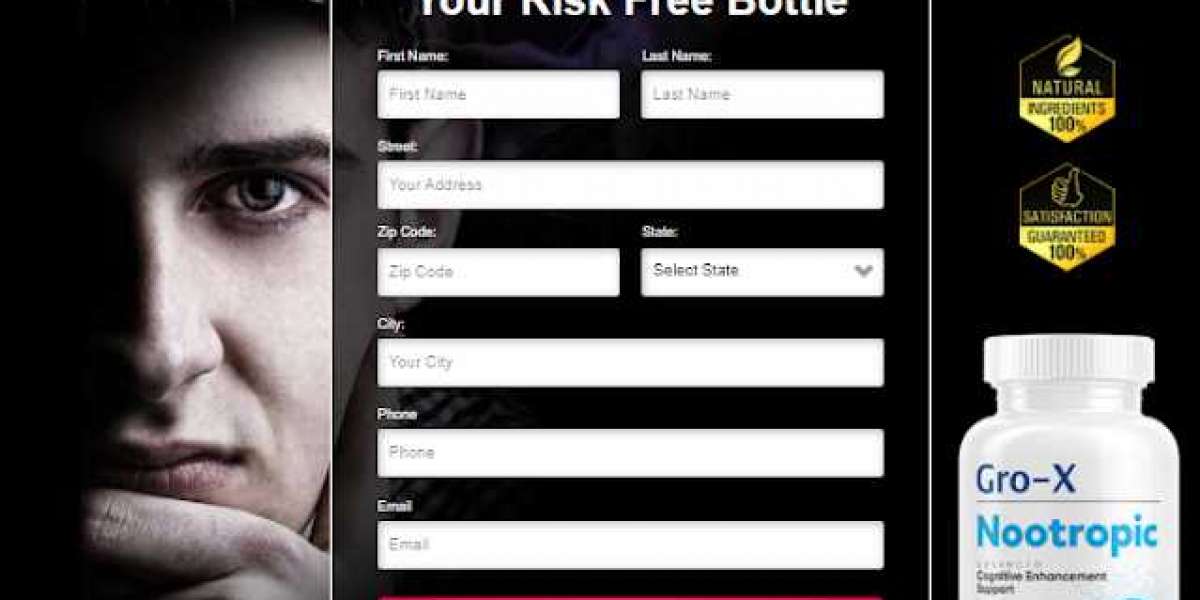Originally published by Quantzig: Shopper Insights and Omni-Channel Targeting Creating Value for Retailers
Introduction:
In the ever-evolving retail landscape, the amalgamation of shopper insights and omni-channel targeting serves as a beacon for growth and value creation. Shopper insights, rooted in sophisticated data analysis, provide a profound understanding of customer behavior, preferences, and expectations. Simultaneously, omni-channel targeting seamlessly integrates online and offline retail experiences, ensuring a robust and personalized customer journey.
This vital collaboration empowers retailers not only to anticipate consumer needs but also to deliver tailor-made solutions, fostering brand loyalty. By deciphering intricate purchasing patterns and employing targeted marketing efforts across various channels, retailers can significantly enhance customer satisfaction. Moreover, this holistic approach elevates marketing strategies, boosts sales, and nurtures enduring customer relationships.
In this exploration, we will delve into the collaborative relationship between shopper insights and omni-channel targeting, unraveling how this dynamic duo reshapes retail norms, drives value, and ensures long-term success for retailers in today's competitive market.
Importance of Shopper Insights and Omni-Channel Targeting in Creating Value for Retailers
Reduced Cost of Customer Acquisition and Retention:
Lowering the cost of customer acquisition and retention is vital for sustainable business growth. By harnessing shopper insights and strategic omni-channel targeting, retailers can optimize their marketing efforts. Understanding customer behavior helps identify the most effective marketing channels and develop targeted campaigns, ensuring that each marketing dollar is efficiently utilized, thus reducing the cost per acquisition.
Reduced Customer Churn:
Customer churn directly impacts a retailer's revenue and reputation. Shopper insights, derived from analyzing customer behavior, reveal patterns indicating potential churn. Omni-channel targeting enables timely interventions, such as personalized offers or proactive customer service, aimed at retaining customers on the verge of leaving. Addressing the root causes of churn through targeted communication enhances customer satisfaction, fostering loyalty and reducing churn rates.
Improved Lifetime Value (LTV) per Customer:
Enhancing the lifetime value of a customer plays a crucial role in improving overall revenue. Shopper insights and omni-channel targeting are instrumental in boosting LTV. By understanding customer preferences, businesses can anticipate future needs, enabling targeted cross-selling and upselling efforts.
Challenges of Shopper Insights and Omni-Channel Targeting Creating Value for Retailers
Lack of Robust Identity Resolution Practices:
Ineffective identity resolution practices hinder the ability to create a unified view of customers across different touchpoints, leading to fragmented experiences and less effective marketing strategies.
Low Customer Repetition Rate:
Struggling to retain customers over the long term indicates a lack of effective engagement, personalized experiences, or customer satisfaction, resulting in sporadic or one-time purchases.
High Cost of Customer Acquisition:
A significant cost of customer acquisition suggests that gaining new customers is financially challenging, highlighting the need for cost-effective strategies and efficient targeting to maximize return on investment.
Lack of Consumer Data Platform:
The absence of a comprehensive consumer data platform limits the ability to harness the power of data for strategic guidance, hindering competitiveness in the data-driven business landscape.
Key Benefits of Omni-Channel Targeting
Reduced Cost of Customer Acquisition and Retention:
Efficiently utilizing resources and processes to attract and retain customers results in cost savings. By optimizing marketing efforts, personalized retention strategies ensure customer loyalty, reducing costs associated with continuous customer turnover, leading to significant savings and improved profitability.
Reduced Customer Churn:
Reducing customer churn involves improving products, services, and customer experiences to prevent customers from switching to competitors. This leads to greater customer loyalty, increased revenue, and a stronger brand reputation, emphasizing the importance of maintaining existing customer relationships for long-term business success.
Improved LTV per Customer:
Enhancing the lifetime value per customer involves personalized offerings, exceptional service, and customer loyalty drives, reflecting increased customer spend, repeat purchases, and long-term engagement. Improving LTV ensures sustainable profitability, underscoring the significance of nurturing enduring customer relationships.
Conclusion:
In conclusion, the fusion of shopper insights and omni-channel targeting is disrupting the retail landscape. By delving into customer behaviors and preferences, businesses gain valuable insights, enabling personalized and seamless shopping experiences. Omni-channel targeting ensures consistent interactions across online and offline platforms, fostering customer loyalty. This collaboration not only enhances customer satisfaction but creates significant value for retailers. With a deep understanding of their customers and strategic targeting, retailers improve marketing efforts, boost customer retention, and maximize revenue. In this era of dynamic consumer demands, the integration of customer insights and omni-channel strategies is not just a competitive advantage; it's a necessity for retailers striving for enduring success in the ever-growing market.
Success Story:
Client Details: A leading Retail company located in Europe.
Challenges Faced By The Client:
1. Lack of Identity Resolution Practices:
- The challenge of the absence of identity resolution practices referred to the difficulty in creating a unified client profile. Without a robust framework to link data from various touchpoints, the company struggled to comprehensively understand customer behavior. This led to fragmented insights, hindering personalized marketing efforts and compromising the ability to provide seamless, consistent customer experiences across different channels.
2. Low Customer Repetition Rate:
- A low customer repetition rate indicated a challenge where organizations struggled to retain customers over the long term. It signaled a lack of effective engagement, personalized experiences, or customer satisfaction, resulting in sporadic or one-time purchases. Addressing this challenge involved enhancing customer interactions, improving product/service quality, and implementing loyalty programs to encourage repeat business and foster long-term customer relationships.
3. High Cost of Customer Acquisition:
- The challenge of a significant cost of customer acquisition indicated that gaining new customers was financially challenging for the client. It implied that the costs associated with marketing, promotional, and promotional activities outweighed the revenue generated from new customers. Overcoming this challenge required cost-effective strategies and efficient targeting to maximize return on investment and ensure sustainable business growth.
4. Lack of Consumer Data Platform:
- The challenge of lacking a consumer data platform meant a significant gap in the client's ability to harness strategic customer data. Without a unified platform, the company struggled to aggregate, analyze, and leverage customer data effectively. This absence hindered personalized marketing campaigns, comprehensive customer understanding, and strategic navigation, impeding the client's competitiveness in the data-driven business landscape.
Solutions:
1. Comprehensive Consumer Data Platform with Identity Resolution Engine for Omni-Channel Targeting:
- Quantzig’s solution involved implementing a comprehensive consumer data platform with an identity resolution engine. This integrated system provided a unified view of customer data across different channels, enabling precise targeting and personalized experiences. By resolving customer identities, the company streamlined omni-channel marketing efforts, delivering personalized content and promotions, enhancing customer engagement, and driving higher conversion rates and revenue.
2. Shopper Insights-Based Marketing Automation Tool:
- Quantzig’s shopper insights-based marketing automation tool revolutionized marketing strategies. By utilizing advanced data analytics, it interpreted customer behaviors, preferences, and trends. This actionable intelligence enabled the company to automate personalized marketing efforts, improving customer engagement and conversion rates. It ensured targeted communication, maximized marketing ROI, and fostered enduring customer relationships in the competitive market landscape.
3. Consumer Behavioral Models to Support Store Layout Planning:
- Quantzig’s solution involved using consumer behavioral models to optimize store layout planning. By analyzing customer behavior data, such
Connect with us for tailor-made solutions








